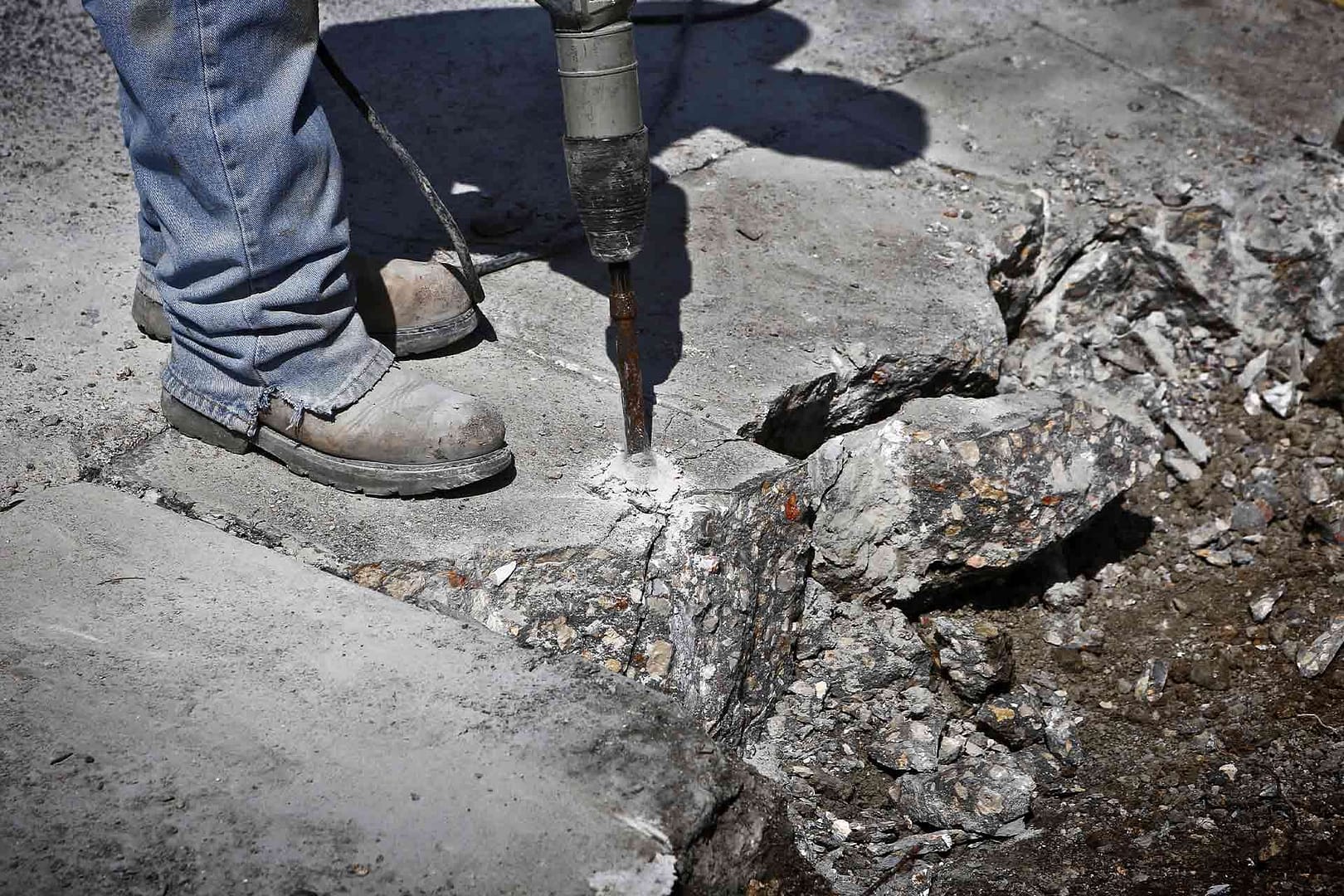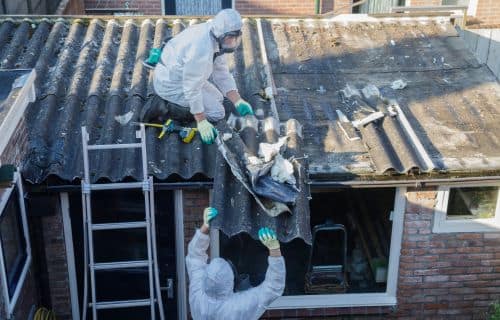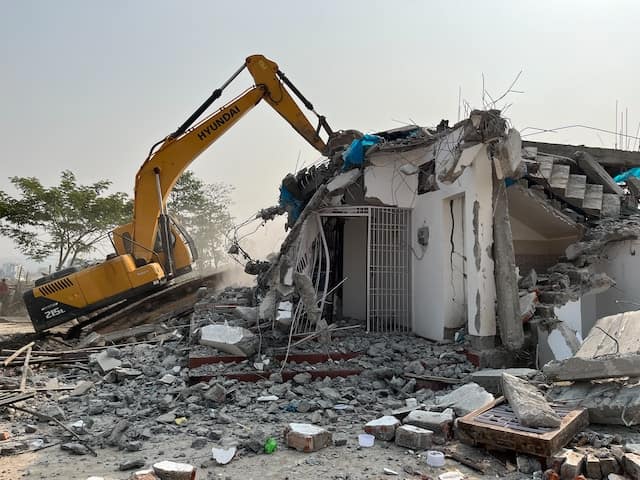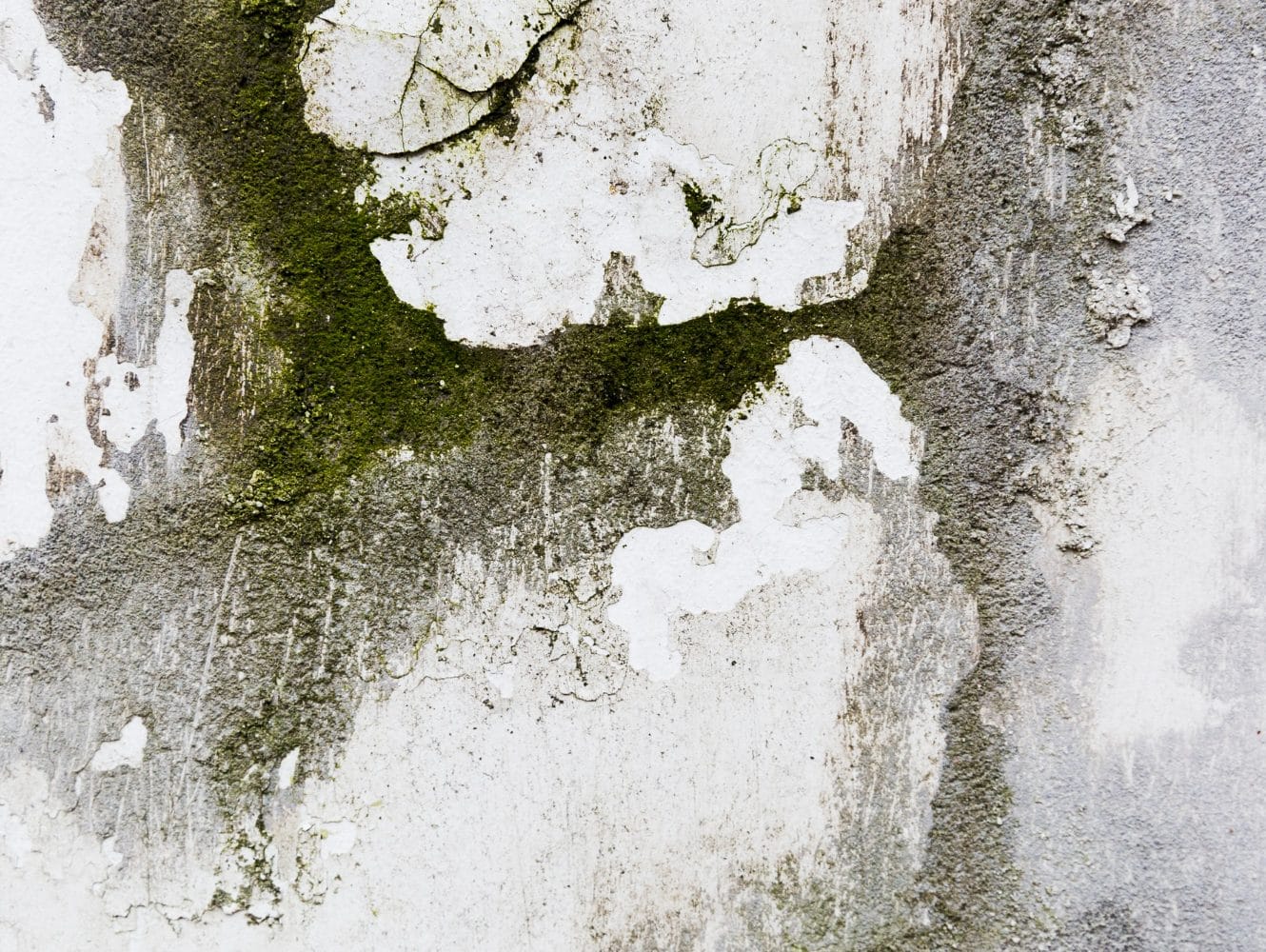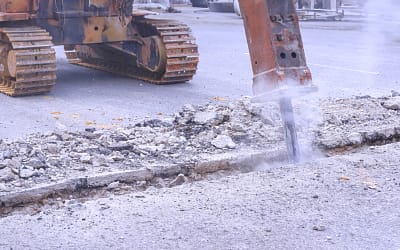Expert Mould Remediation in Halifax
Mould Remediation Process

Initial Inspection and Assessment


Containment of Affected Areas


Mould Removal and Cleaning

Drying and Dehumidification



Repairs and Restoration

Prevention and Final Check
Finally, we address the root cause–whether it’s a leak or poor ventilation–to keep the mould from coming back. After that, we’ll conduct a final check to make sure your home is safe, healthy, and completely mould-free.

Health Problems That Mold Can Cause
Mould in your home isn’t just unsightly – it’s a silent health threat. Prolonged exposure to mould spores can trigger severe health problems, especially for vulnerable family members like children, the elderly, and anyone with existing respiratory issues.
- Allergic Reactions: Mould exposure often causes sneezing, itchy eyes, and skin rashes. These symptoms can worsen over time if the mould isn’t removed.
- Respiratory Issues: Breathing in mould spores can trigger asthma attacks, wheezing, and persistent coughing, especially in those with pre-existing conditions.
- Chronic Sinus Infections: If you experience ongoing congestion or sinus infections, mould may be the underlying cause, making it harder to recover fully.
- Headaches and Fatigue: Mould can also affect your overall well-being, leading to frequent headaches and fatigue, disrupting your day-to-day life.
- Serious Conditions: Prolonged exposure to toxic mould, like black mould, can lead to more severe symptoms, including chronic coughing, respiratory infections, and even memory loss or organ damage.
What our clients say
Mike Jesty

Great company, team was very hardworking and fast. Couldn’t tell they were there daily for 10 days because they cleaned up everything before leaving everyday!! Thanks again Rick.
Ruth Stewart

Working with Cross Brothers was an excellent experience start to finish. The team were friendly, professional, and communicative. The job was completed quickly and the quality of work was awesome. The customer experience was outstanding for a very competitive price. I absolutely recommend their services to others.
Lynn Kelley-Cooper

Great experience start to finish. The Cross Brothers are professional, friendly and very efficient and hard working. They accommodated my special requests with ease, listened and carried out exactly what I wanted and checked back with me to make sure I was satisfied with the dimensions of the demo area. They left the house cleaner than when they arrived. Great experience.
Chantele Joordens

– great job by your crew yesterday.
Fastest Demo I have seen! They were in and out quickly, and left no debris behind. I would 100% hire them again!
Allan Offman

Have had the Cross Brothers work on a couple of projects and must say they were very professional and worked hard through the day and got the jobs done. Their employees were great and got the job done. Defiantly would recommend them.
lloyd kivimaki

Very satisfied with the results of the work. The attention to safety and care for my home by keeping everything clean during after the job was mu h appreciated. Very reasonable cost and I would be happy to hire the Cross Brothers and their team again.
FAQ
Can you safely live in a house with mould?
Living in a house with mould can be dangerous, especially if the mould is extensive or toxic, like black mould. The safety of staying in a mould-affected home depends on several factors:
- Health Risks: Mould can cause allergic reactions, respiratory issues, and other health problems, especially for vulnerable individuals such as children, the elderly, and people with asthma or weakened immune systems.
- Extent of Mould Growth: Small amounts of mould may not pose an immediate threat, but if the issue is widespread or the mould type is particularly harmful, it can be unsafe.
- Long-Term Exposure: Prolonged exposure to mould increases the risk of more serious health issues, including chronic sinus infections, headaches, fatigue, and even organ damage in extreme cases.
For peace of mind and a healthy environment, it’s best to have professional mould remediation experts assess and remove any mould in your home.
What should I do if I find mold in my home?
Finding mould in your home can be concerning, but taking the right steps quickly can help minimize damage and health risks. Here’s what to do:
- Assess the Situation:
- If the mould covers a small area (less than 10 square feet (0.93 m²)), such as on a bathroom tile or near a window, you may be able to clean it safely yourself.
- For larger areas or if the mould is in places like drywall, ceilings, or floors, it’s best to consult a professional for mould remediation.
- Wear Protective Gear:
- Before cleaning any mould yourself, make sure to wear gloves, a mask, and goggles to avoid inhaling mould spores or coming into contact with them.
- Clean Small Areas:
- Use a mixture of water and detergent or a household cleaner to scrub the mould off non-porous surfaces like tiles or glass. Dry the area thoroughly afterward to prevent the mould from returning.
- Call a Professional for Large or Toxic Mould:
- If the mould is widespread, in hidden areas (like behind walls or under carpets), or if you suspect it’s black mould (Stachybotrys), contact mould remediation experts. Professionals have the equipment and knowledge to remove mould safely and prevent it from spreading.
- Address the Source of Moisture:
- Mould grows where there is excess moisture. Find and fix the source, such as leaks, condensation, or poor ventilation. Without fixing the moisture problem, the mould is likely to return.
- Keep the Area Well-Ventilated:
- Open windows, use dehumidifiers, or run fans to keep air moving and reduce humidity in the affected area.
- Monitor the Area:
- After cleaning or professional remediation, keep an eye on the area to ensure the mould doesn’t come back. If it does, there may be a persistent moisture issue that needs further attention.
Can I remove mould myself, or do I need professional help?
Small areas of mould, such as spots on tiles or windows, can sometimes be cleaned safely with household cleaners. However, larger mould problems or certain types of mould, like black mould, require professional help. Here’s when you should call the experts:
Small Mould Patches: If the mould covers a small area (less than 10 square feet (0.93 m²)), you may be able to clean it yourself using a mixture of water and detergent. Be sure to wear protective gear, like gloves and a mask.
Larger or Toxic Mould: For extensive mould growth, or if the mould is spreading across walls, ceilings, or floors, it’s best to consult mould remediation experts. Black mould or mould caused by water damage can be hazardous and difficult to remove without the right equipment.
Recurrent Mould Issues: If mould keeps coming back after cleaning, it’s a sign that there’s an underlying moisture problem. Professional mould removal services can find and fix the root cause, ensuring the mould doesn’t return.
While small patches can be handled on your own, larger mould issues require professional attention to ensure your home stays safe.
What causes mould to grow inside homes?
Mould thrives in environments where moisture and warmth are present. Understanding the common causes of mould can help prevent it from growing in your home:
- Excess Humidity: Areas with high humidity levels, such as bathrooms, kitchens, or basements, are prime spots for mould growth. Poor ventilation can make this worse.
- Water Leaks: Leaky roofs, windows, or plumbing create damp conditions that encourage mould to grow. Mould can start to form within 24 to 48 hours after water damage.
- Condensation: Condensation on windows, walls, or cold surfaces can lead to mould, especially in rooms with poor air circulation.
- Flooding or Water Damage: Homes that have experienced flooding or water damage are at high risk for mould growth if not dried and cleaned properly.
- Poor Ventilation: Lack of air circulation traps moisture indoors, creating the perfect environment for mould. Rooms like attics, basements, and bathrooms are particularly vulnerable.
By managing moisture and keeping your home well-ventilated, you can significantly reduce the risk of mould.
How to understand if mould is toxic?
It can be difficult to determine if mould is toxic just by looking at it, as many types of mould look similar. However, certain signs can indicate the presence of toxic mould, such as black mould (Stachybotrys), which is known to be particularly harmful:
- Colour and Appearance: Toxic mould, like black mould, often appears as dark green, black, or slimy in texture. However, not all black mould is toxic, and other colours can still be harmful.
- Health Symptoms: If you or your family experience unusual symptoms such as headaches, respiratory problems, fatigue, or skin irritation, toxic mould might be the cause, especially if the symptoms worsen over time or in specific areas of your home.
- Moisture and Water Damage: Mould that grows in areas affected by long-term water damage (such as leaks or flooding) is more likely to be toxic. This type of mould can produce harmful mycotoxins that pose health risks.
- Professional Testing: The most reliable way to know if mould is toxic is to have a professional inspect and test it. Mould remediation experts can collect samples and determine the type of mould, ensuring proper removal if it’s toxic.
If you’re unsure whether the mould in your home is toxic, it’s always best to consult a professional.
What does black mould smell like?
Black mould has a distinctive smell that is often described as:
- Musty or Damp: The smell of black mould is typically musty, similar to the scent of damp wood or decaying leaves. It often smells like something wet has been left to rot.
- Earthy or Stale: Some people compare the smell to wet soil or an old, stale basement. The odour tends to linger in rooms with poor ventilation.
- Persistent: The smell is usually strong and persistent, especially in areas with high humidity or hidden moisture, like behind walls or under carpets.
If you notice a strong, musty smell in your home and can’t locate the source, it’s possible that black mould is growing behind walls or in other hidden areas.
Recent Blog Posts
How to Prepare Space for Concrete Cutting
Introduction Prepare Space for Concrete Cutting is a key part of making sure your home renovation goes smoothly....
7 Benefits of Hiring a Professional Concrete Cutting Company
Introduction Home renovation projects can be exciting but also challenging, especially when they involve tasks like...
Techniques of Removing Different Flooring Types
Why is one flooring removal quote substantially lower than another for the same square footage and flooring types?...
Other Services



